Ebikes
Navigating the World of Electric Bikes: Tips for Commuting and Off-Roading
Choosing the right electric bike can change how we travel. E-bikes save time and make trips more fun. For example:
- In Norway, e-bikes raised cycling trips from 28% to 48%.
- In the Netherlands, one in four commuters uses e-bikes.
There are many models, so everyone can find their match. Whether it’s for a short city ride or a tough mountain trail, there’s an e-bike for you.
Key Takeaways
- Electric bikes can make travelling quicker and more fun.
- Pick the right e-bike type—city, trail, or mixed—based on your needs.
- Try out different e-bikes to find one that feels best.
- Check if the motor and suspension work as you want.
- Learn local e-bike rules to ride safely and legally.
- Take care of your e-bike by checking it and the battery often.
What Is an Electric Bike?
Definition and how it works
An electric bike, or e-bike, is a bicycle with a motor and battery. It helps riders by giving extra power when needed. This is useful for climbing hills or riding far distances. Most e-bikes have 36V or 48V batteries. A 48V battery gives faster speeds and quicker starts than a 36V one.
Think of electricity like water to understand how e-bikes work. The battery is like a water tank, and voltage is the water pressure. Amperes show how much water flows, while amp-hours tell how long it can flow. These parts affect how fast, powerful, and far the bike can go.
| Term | Meaning |
|---|---|
| Volts (V) | Shows electric pressure; higher volts mean faster power delivery. |
| Amperes (A) | Measures current flow; more amperes improve performance. |
| Watts (W) | Total power; higher watts increase speed but use more battery. |
| Amp-Hours (Ah) | Battery size; more amp-hours mean the bike can go further. |
Benefits for commuting and off-road use
E-bikes are great for city rides and off-road fun. For commuters, they save time and make cycling easier. Riding an e-bike instead of driving can improve fitness and reduce stress. E-bike users feel 20% less stressed than car drivers. They also produce only 2.6-5 grams of CO2 per kilometre. Cars, on the other hand, release 271 grams per kilometre.
Off-road riders enjoy the power and flexibility of e-bikes. The motor helps with steep hills and bumpy paths. Riders can try harder trails without getting too tired. If 10% of people used e-bikes, city traffic could drop by 30%. This shows how e-bikes can change how we travel.
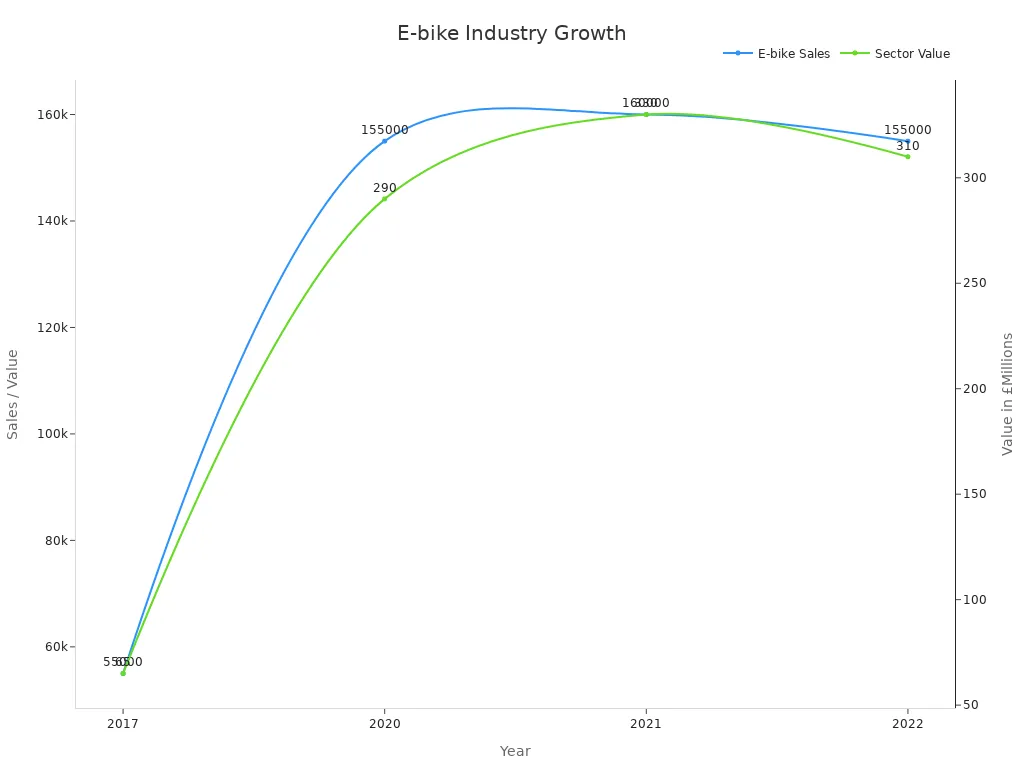
E-bikes have become more popular in recent years. Sales grew by 63% from 2019 to 2020, reaching 155,000 units. Sales dropped a little in 2022, but since 2017, they have nearly tripled. This shows more people want eco-friendly and smart ways to travel.
Types of Electric Bikes
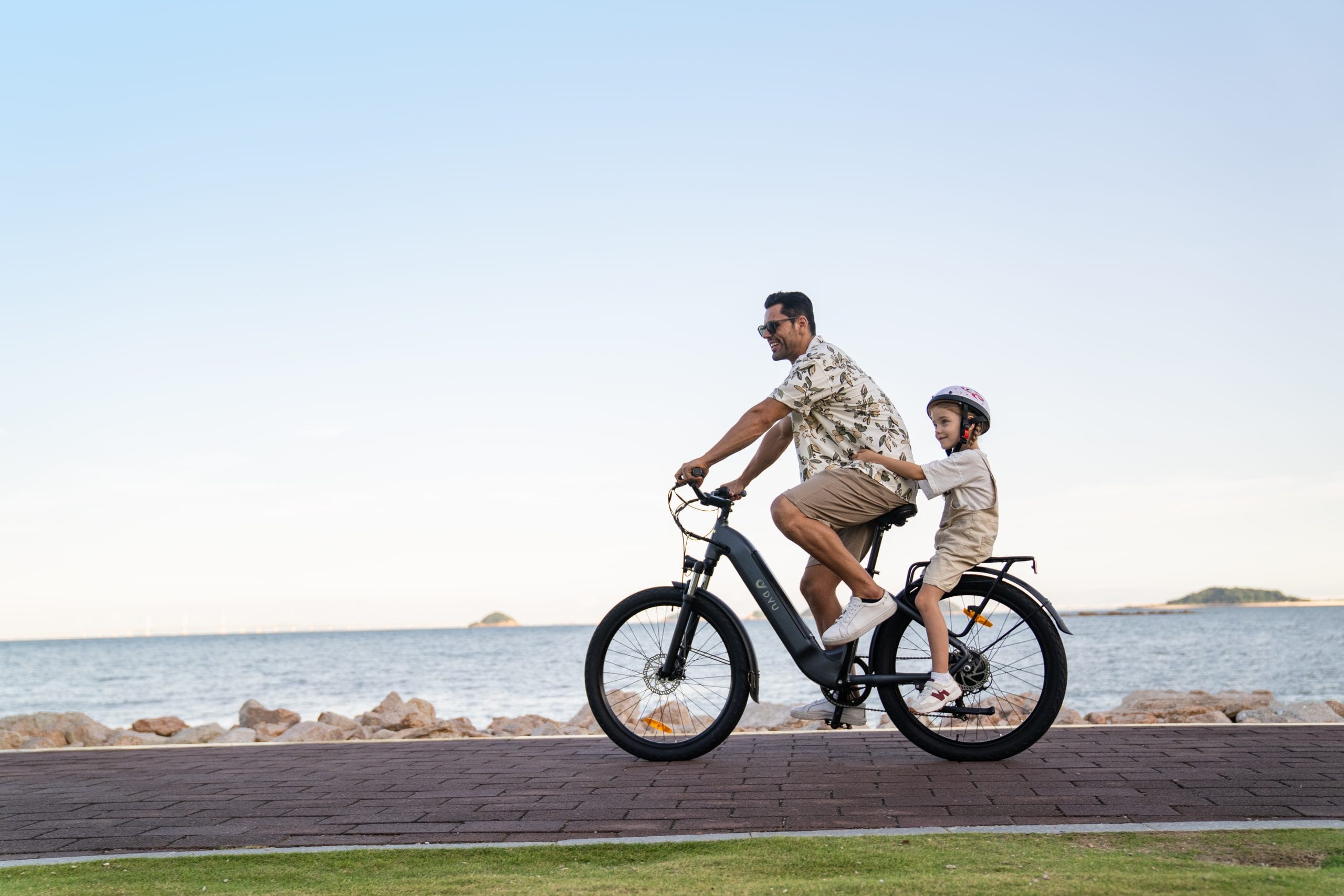
Picking the right e-bike depends on your needs. Let’s explore three main types: commuter, off-road, and hybrid e-bikes.
Commuter Electric Bikes
Commuter e-bikes are made for city use. They’re great for trips to work, school, or shops. These bikes focus on being comfy and easy to ride. Many have built-in lights, mudguards, and racks for bags. They make city travel simple and less stressful.
One thing that stands out is their usefulness. Most have pedal-assist motors to keep a steady speed with little effort. Between 2019 and 2021, sales of commuter e-bikes rose by 240%. By 2023, there were 300 million e-bikes worldwide. Experts think sales could hit 77 million by 2030. This shows how popular they are for city travel.
| Year | Sales Growth (%) | E-bikes in Use (millions) | Projected Sales (millions) |
|---|---|---|---|
| 2019-2021 | 240% | N/A | N/A |
| 2023 | N/A | 300 | N/A |
| 2024 | N/A | N/A | 10 |
| 2030 | N/A | N/A | 77 |
Off-road Electric Bikes
Off-road e-bikes are built for adventure. They handle rough trails, steep hills, and tough paths. These bikes often have strong motors, sturdy frames, and grippy tyres. They’re perfect for nature lovers and trail riders.
Riding off-road uses more power, about 15-40% extra. Knobby tyres work well on muddy or loose ground. Lower tyre pressure (10-12 PSI) and strong sidewalls stop punctures on rocky paths. On steep hills, leaning back slightly helps with balance. Torque modes also improve grip on slopes over 20°. These features make off-road e-bikes great for outdoor fun.
- Rough trails use 15-40% more power.
- Knobby tyres grip muddy or loose paths.
- Strong sidewalls and low tyre pressure stop punctures.
- Leaning back 15-20 degrees helps on steep climbs.
- Torque modes improve grip on steep slopes.
Hybrid Electric Bikes
Hybrid e-bikes mix features of commuter and off-road bikes. They’re good for both city rides and light trails. These bikes are like all-rounders, balancing power and efficiency.
Hybrids are ideal if you want one bike for everything. Use them for weekday city rides and weekend adventures. They’re flexible and practical, making them a favourite for many riders.
Here’s a quick comparison of e-bike types:
| E-Bike Class | Motor Type | Max Speed (mph) | Battery Capacity (Wh) | Range (miles) |
|---|---|---|---|---|
| Class 1 | Pedal-Assist | 20 | 300 – 700 | 30 – 80 |
| Class 2 | Throttle-Assisted | 20 | 300 – 700 | 30 – 80 |
| Class 3 | Speed Pedelec | 28 | 300 – 700 | 30 – 80 |
Each e-bike type has its own benefits. Whether you need a city bike, a trail bike, or a mix of both, there’s an e-bike for you.
BUY DYU C1Key Features to Look for in an Electric Bike
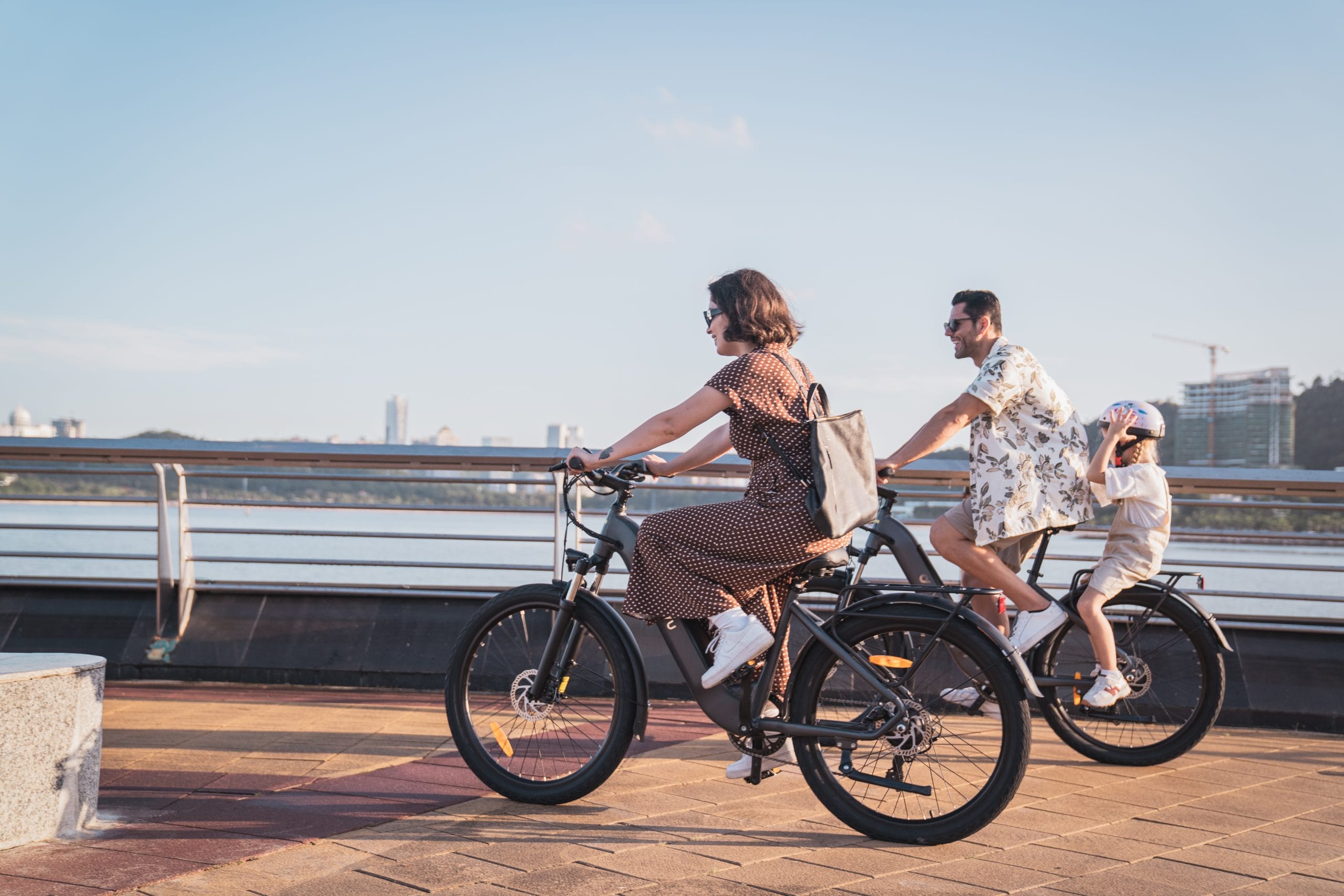
Motor type and placement
The motor is very important for how an e-bike works. Motors are placed in three spots: hub-drive, mid-drive, or front-drive. Each has its own benefits. Hub-drive motors are in the wheel hub and give a quiet, smooth ride. Mid-drive motors are near the pedals, making them great for balance and climbing hills. Front-drive motors are less common but work well on flat roads.
Torque and power are also important. Torque, measured in Newton-metres (Nm), shows how strong the motor is. More torque helps with hills and heavy loads. For example, Bosch motors have 75 Nm of torque, which is great for hilly areas. Yamaha motors offer 80 Nm but are less efficient at high speeds.
| Motor Brand | Torque (Nm) | Power Output (W) | Efficiency | Notes |
|---|---|---|---|---|
| Bosch | 75 | 250 | High | Good for climbing |
| Yamaha | 80 | 250 | Moderate | Drops above 75 RPM |
| Brose | 90 | 250 | High | Drops above 30 RPM |
| Shimano | 70 | 250 | Moderate | Not good for steep climbs |
Tip: For steep trails, pick a mid-drive motor with high torque. This gives better control and balance.
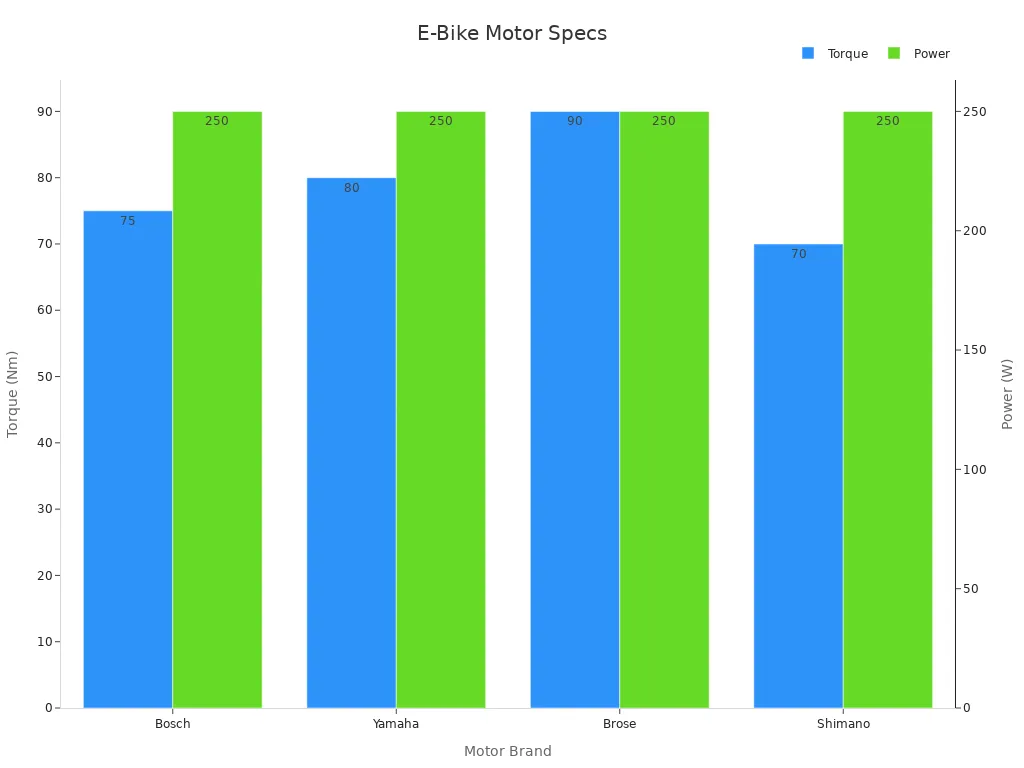
Battery range and capacity
The battery is like the heart of an e-bike. Its size decides how far you can go on one charge. Batteries are measured in amp-hours (Ah) and voltage (V). Bigger batteries mean longer rides. For short trips, a 5-10 Ah battery works. For long rides, choose a 10-20 Ah battery.
The terrain and motor power also affect the range. Hills or strong winds use more battery power. Strong motors need bigger batteries, which make the bike heavier. A 48V battery gives more energy than a 36V one of the same size. This makes it better for long trips.
| Battery Capacity (Ah) | Typical Use Case | Range Impact |
|---|---|---|
| 5-10 | Short commutes and easy rides | Enough for short distances |
| 10-20 | Longer trips | More range on one charge |
| Higher Voltage (48V) | More energy in the same size | Better range |
| Motor Power Impact | Bigger battery needed for strong motors | Affects how far you can go |
| Terrain Influence | Hills or wind drain faster | Lowers the range |
Note: Most people want a range of 400 miles and a charging time of 4 hours. Pick a battery that balances size and charging speed for your needs.
Frame design and suspension
The frame and suspension decide how comfy and strong an e-bike is. A good frame keeps the bike steady and reduces strain on the rider. Suspension systems absorb bumps, making rough rides smoother.
Research shows the most stress on a frame happens at the suspension points. Frames with a safety factor above 2.7 are strong. Tests show the first natural frequency of a frame is about 10.17 Hz, which keeps the bike stable. Harmonic tests find weak spots, helping makers improve designs.
| Analysis Type | Key Findings |
|---|---|
| Static Structural Analysis | Most stress is at suspension points; frame is strong with a safety factor of 2.724. |
| Modal Analysis | First natural frequency is 10.174 Hz; maximum movement at this frequency is 18.64 mm. |
| Harmonic Analysis | Finds steady response to repeated loads; shows weak spots for possible damage. |
Tip: For bumpy trails, get a bike with full suspension. For city rides, a rigid frame with front suspension is enough.
Tyres and terrain compatibility
When picking an electric bike, tyres are very important. They help with grip, comfort, and control. These things are key for safe and smooth rides. The tread design on tyres changes how they perform. This is especially true on different surfaces or in bad weather.
For city roads, smooth tyres with little tread are best. They roll easily and make riding more efficient. For off-road paths, knobby tyres with deep treads are better. They grip loose or muddy ground, keeping the bike steady. Hybrid tyres are a mix of both. They work well for riding on streets and light trails.
Here are some tyre tips to think about:
- Traction: Knobby tyres grip better on slippery or loose ground.
- Cushioning: Wider tyres soften bumps for a smoother ride.
- Handling: Correct tyre width and pressure improve balance and control.
- Weather adaptability: Special treads stop slipping in wet weather.
Tip: Choose tyres based on where you ride most. For example, hybrid tyres are great if you ride in cities but also go on light trails sometimes.
Weight and portability
The weight of an electric bike affects how easy it is to use. Lighter bikes are simpler to carry and move around. This is helpful in cities where you might need to lift the bike onto a bus or up stairs. Heavier bikes, however, are sturdier and last longer. This makes them better for rough trails.
Here’s a look at average and maximum weights for different e-bike types:
| Ebike Type | Average Weight (lbs) | Maximum Weight (lbs) |
|---|---|---|
| Cruiser | 57 | 88 |
| Folding | 54 | 75 |
| Compact | 73 | 119 |
| Mountain | 53 | 88 |
| Road | 35 | 44 |
| Hybrid | 56 | 95 |

Folding e-bikes are great for city riders. They usually weigh between 45 and 75 pounds. This makes them easy to carry every day. For example, the Tern Vektron weighs only 48 pounds. Heavier bikes can be harder to carry but are more stable. This makes them good for bumpy trails.
Note: If you need a portable bike, pick a folding or road e-bike. For rough trails, a heavier mountain bike is worth it for extra strength.
Practical Tips for Choosing the Right Electric Bike
Test-riding and checking comfort
Always try riding an electric bike before buying it. Sitting on the bike helps you feel how comfy it is. Check if the seat is soft and the handlebars are easy to hold. Adjust the seat height and handlebar position for a better fit.
While riding, notice how the motor responds. A good pedal-assist system makes cycling easier. Also, test the suspension. On bumpy roads, good suspension reduces shocks and keeps the ride smooth. If the bike feels too heavy or hard to steer, it might not suit you.
Tip: Ride the bike on hills, flat roads, and rough paths to test its performance.
Knowing local rules
Before buying an electric bike, learn the rules in your area. Different places have laws about e-bike speeds and where they can be used. Some areas allow e-bikes on cycle paths, while others only permit them on roads.
In the UK, e-bikes must have motors of 250 watts or less. They cannot go faster than 15.5 mph. Riders must also be at least 14 years old. Knowing these rules helps you avoid trouble and ride safely.
Note: Check if you need to register or insure your e-bike in your area.
Planning your budget
Planning your budget is important when buying an electric bike. First, list the features you need, like battery range and motor type. Then, compare prices from different brands.
Studies show that budgets affect e-bike choices. Surveys find students prefer cheaper bikes with good features. Research also shows e-bikes save money compared to cars. These points help you decide between a high-end or budget-friendly bike.
- Budgets influence e-bike choices.
- Students like affordable bikes with useful features.
- E-bikes cost less than cars in the long run.
Tip: Include costs for battery replacements and servicing in your budget.
Picking a trusted brand or shop
When buying an electric bike, it’s smart to pick a trusted brand or shop. A good brand means better quality and support. A reliable shop makes buying easier and gives helpful advice. Here’s how I make this choice.
Check the brand’s reputation
I start by learning about the brand. Well-known brands often have good reviews and lots of experience. I read customer feedback on forums, social media, and review sites. If a brand gets praised often, it’s usually a safe pick.
Tip: Choose brands with at least two years of warranty. This shows they believe in their bikes.
Visit a trusted shop
I like going to shops where I can see and try the bikes. A good shop has staff who know about motors, batteries, and other features. If I shop online, I pick stores with clear return rules and great customer service.
Compare prices and extras
Price is important, but extras matter too. Some shops give free servicing or discounts on gear. I compare these offers before deciding.
| Feature | Trusted Shop | Untrusted Shop |
|---|---|---|
| Test Rides Available | ✅ | ❌ |
| Warranty Support | ✅ | ❌ |
| Clear Return Policy | ✅ | ❌ |
Note: Be careful with deals that seem too cheap. They might mean bad bikes or hidden costs.
By picking a trusted brand and shop, I make sure my electric bike is worth the money. It’s a step I always follow.
Maintenance Tips for Electric Bikes
Battery care and charging
Looking after the battery is very important for your e-bike. Always charge it indoors in a dry, safe spot. The best temperature is between 10-21°C. This helps the battery last longer. Use the charger that came with your bike. It charges the battery properly and avoids overheating.
Studies show most e-bike fires happen during charging. To stay safe, never leave the battery charging overnight or alone. Batteries usually last 2-3 years, but good care can make them last longer.
BUY DYU C1| Tip | Why It’s Important |
|---|---|
| Charge indoors | Keeps the battery dry and safe |
| Use the right charger | Stops overheating |
| Avoid overcharging | Makes the battery last longer |
Note: Take the battery out before cleaning the bike to stop water damage.
Cleaning and storage
Keeping your e-bike clean helps it last longer. First, turn off the bike and take out the battery. This protects the electrical parts. Use a soft cloth and warm water to wipe off dirt. For tough spots, use a little soap and scrub gently.
Pay extra attention to the chain and gears. Use a small brush to clean them, but don’t use too much water. After cleaning, dry the bike completely with a cloth. This stops rust and keeps it looking good.
Storing the bike properly is also important. Keep it in a dry, safe place away from extreme heat or cold. This protects the battery and keeps the bike in good shape.
- Turn off the bike and remove the battery.
- Cover or remove any electronic parts.
- Clean with warm water and mild soap.
- Dry the bike fully before storing it.
Tip: Don’t use strong chemicals or high-pressure water. These can harm the bike’s parts.
Regular servicing and inspections
Checking your e-bike often keeps it working well. Look at the tyres, brakes, and chain every month. Tyres need the right pressure for better grip and control. Brakes should work well, especially for quick stops.
Every six months, take your bike to a professional for a full check-up. They will inspect the motor, battery, and other parts. This stops small problems from becoming big ones.
Tip: Write down servicing dates and repairs in a log. This helps you stay organised and keeps your bike in great condition.
Picking the right electric bike starts with knowing what you need. Think about important features like the motor, battery, and frame. These help the bike fit your daily rides or outdoor trips.
Try riding different bikes before choosing one. Look up reviews from experts and users to learn more. They share useful details about how the bike works and feels. Here’s a simple overview:
| Review Type | What It Tells You |
|---|---|
| Expert Opinions | Explains how strong and reliable the bike is. |
| User Stories | Shares real-life thoughts on comfort and battery use. |
| Performance Details | Shows how far and smoothly the bike can go. |
Tip: Don’t rush. Take time to find the best bike for you!

























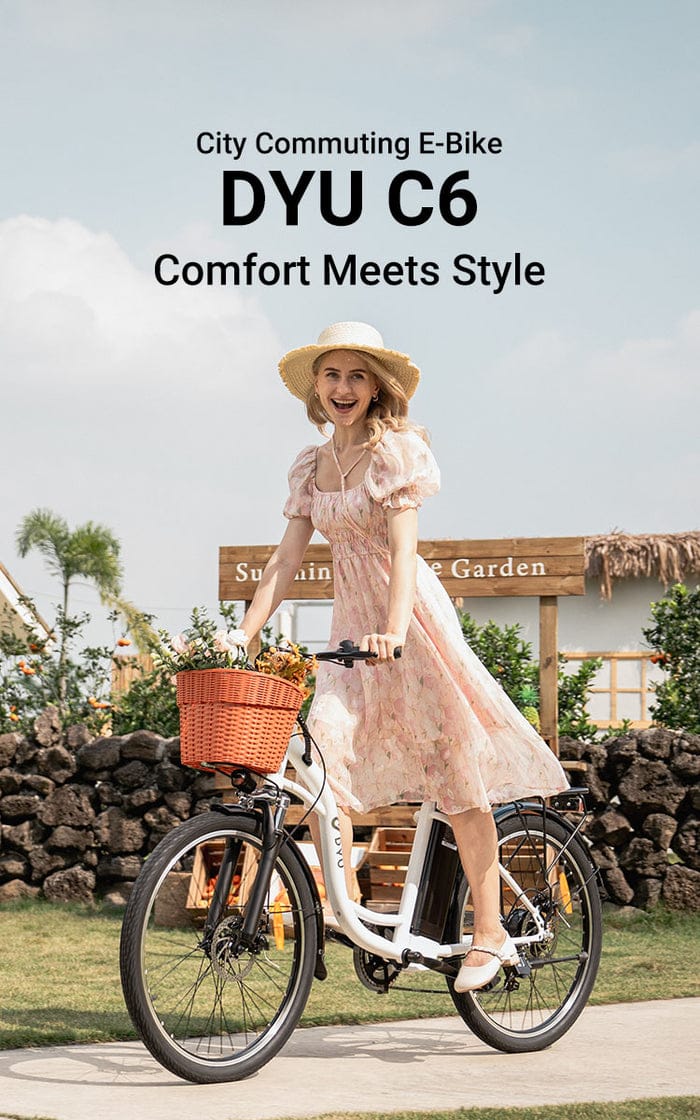
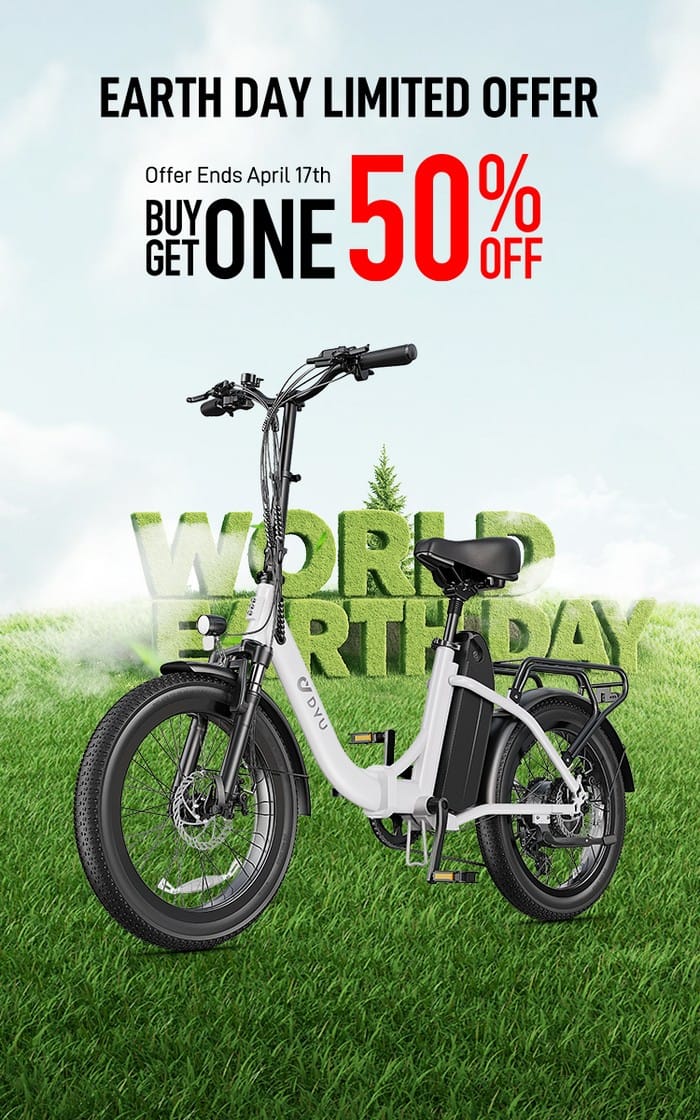
































I’m new to e-bikes and worried about battery life on my hilly commute. How much does terrain really affect range?
Should I get a commuter or hybrid e-bike? Do hybrids work well in the city, or are they too “off-road”?